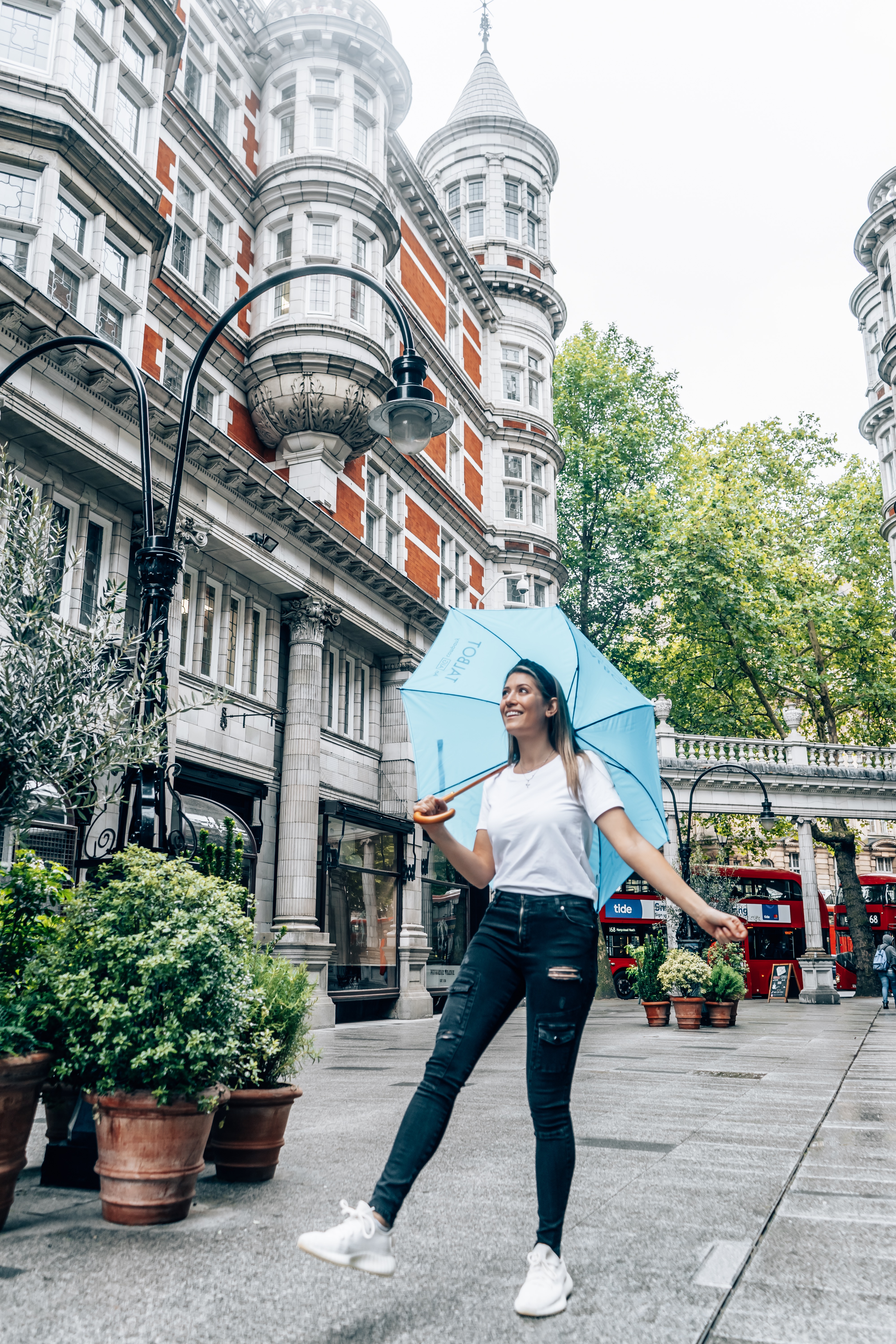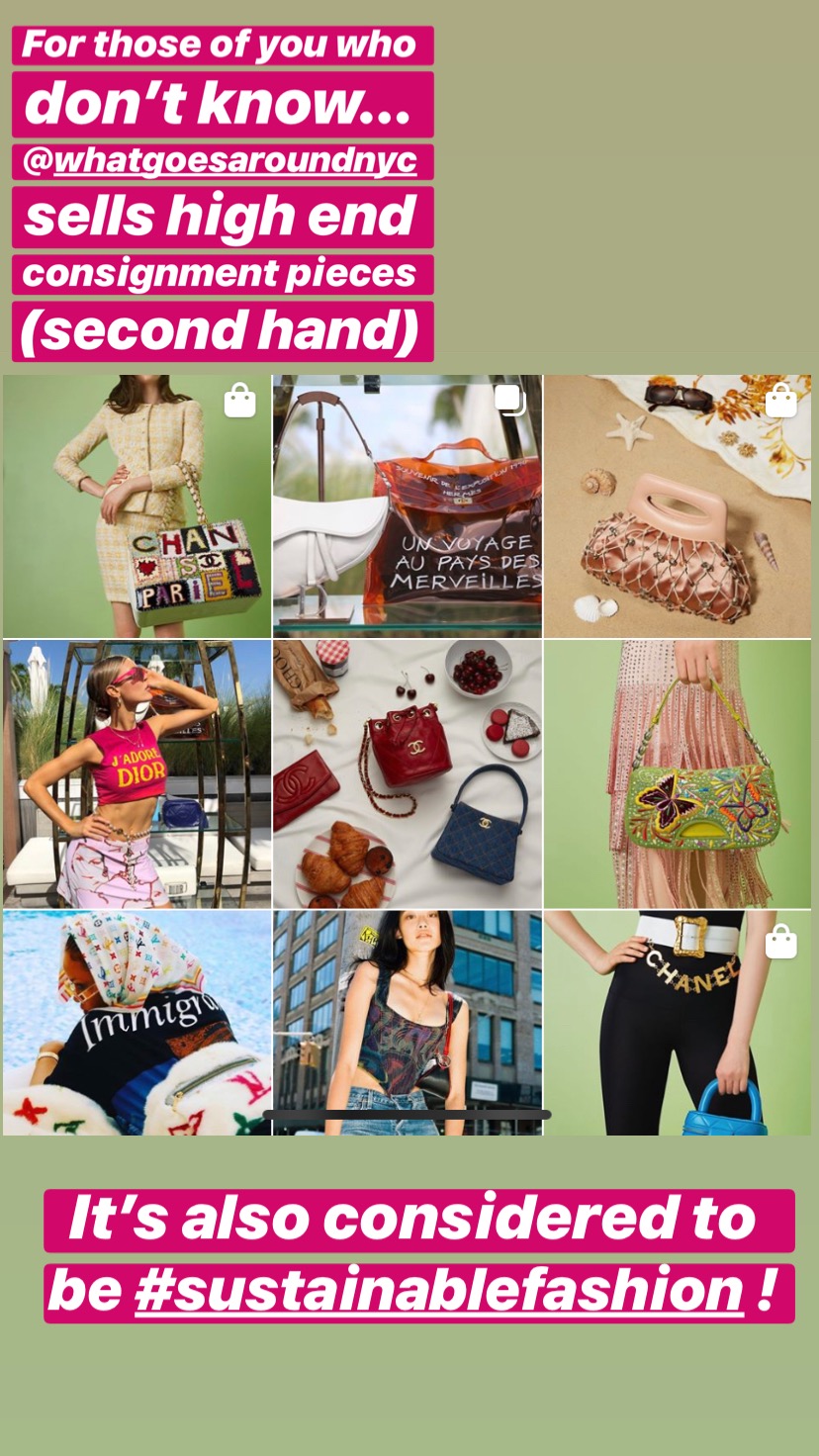How to Create a Sustainable Closet
Ethical & Fashionable Tips
As you know, I used to be all about the latest trends & fast fashion. That all changed when I began to learn about the effects on our environment and how unnecessary it is, because sustainable fashion is available! So, I began to practice what I preach and worked towards transitioning to a sustainable closet.
Here are some best practices and ways you too can achieve a Sustainable Closet!
-
- First things first, stock up on timeless pieces that will never go out of style. These include your basic T-Shirts, long sleeves shirts, underwear, bras etc. I used to buy cheap basics from H&M that would last only a year, then replace them. Not Good. Instead, make the investment in quality basics that will last you forever. I ordered a plain white & black T-shirts from Organic Basic and found a huge difference in the quality by using organic cotton. What I really liked about this brand is they sell packs that are mixed and matched, giving you the opportunity to save and gain more basics.

Wearing one of my Organic Basic T-Shirts - One of the worst things about buying clothes is that we, as consumers don’t know the ‘ingredients’ of the clothing we buy. Similar to food shopping, we wouldn’t buy something that was unhealthy or harmful, right? This should be the same in the fashion industry. Thankfully, there are some brands that are now transparent about how clothing is made. Project Cece is an online retailer whom is setting the bar in ethical shopping. Not only can you filter your search engine, but when looking at an image it will also indicate what category it falls under. See below screenshot from Project Cece‘s site. So, I advise to take note if retailers provide these options and buy from them more often. It’ll also help you learn more ethical brands to shop. I was so pleased to see ASOS now offers a Responsible section too and hope others follow Project Cece’s lead!

Project Cece providing ethical labels and filtering for the sustainable fashionista - As an influencer, I get not wanting to wear the same pieces over and over again, especially after posting it on Instagram. So rather then buying new pieces, rent them! There are so many companies that provide effortless rental clothing. Rent the Runway was the first of my knowledge. They provided a dress of my choice in two sizes, incase one didn’t fit, then a return label to send back the dresses. Companies such as this are great for so many reasons:
- You can access designer clothing for a fraction of the price by renting it.
- You don’t need to leave your house or worry about exchanging for another size since they provide two.
- You have the option to buy the clothing if you fall in love with it.
- They have monthly memberships so you can spice up your wardrobe, especially for work!
- They have sustainable brands and overall this is a great way to have a sustainable closet.
- Consignment shopping (previously known as thrift shopping) is a great way for you to buy lightly worn clothing, and also designer pieces for less. I was never in to second hand clothing buttt Poshmark has changed that for me. Before moving to London I sold a lot clothing on there, somethings with tags still on. Knowing that I’ve also began buying more on there too.

Samantha updating her PoshMark Closet I recently won a $1k gift card to What Goes Around Comes Around, which buys/sells luxury vintage pieces that are in excellent condition. You can check out my experience with them on my IGTV Channel here.

- Borrow others vintage pieces. Just recently at Miami Swim Week & London Fashion Week, I complimented a few people on their clothing; and guess where it came from… Mom’s closet. Fashion always comes back in to style! What I love about this tip is it’s usually one of a kind! Also, a great reminder to keep some unique pieces because you may be rocking them in a few years again.
- First things first, stock up on timeless pieces that will never go out of style. These include your basic T-Shirts, long sleeves shirts, underwear, bras etc. I used to buy cheap basics from H&M that would last only a year, then replace them. Not Good. Instead, make the investment in quality basics that will last you forever. I ordered a plain white & black T-shirts from Organic Basic and found a huge difference in the quality by using organic cotton. What I really liked about this brand is they sell packs that are mixed and matched, giving you the opportunity to save and gain more basics.
I truly believe in the movement against fast fashion and know it can be difficult to create a sustainable closet, but it’s not impossible. The above tips I mentioned are easy solutions. The more we adapt to these changes, the faster the industry will follow our demand for change.
I’d love to hear your feedback and any additional tips you may have! If you’re interested in learning more check out other similar blogs:





